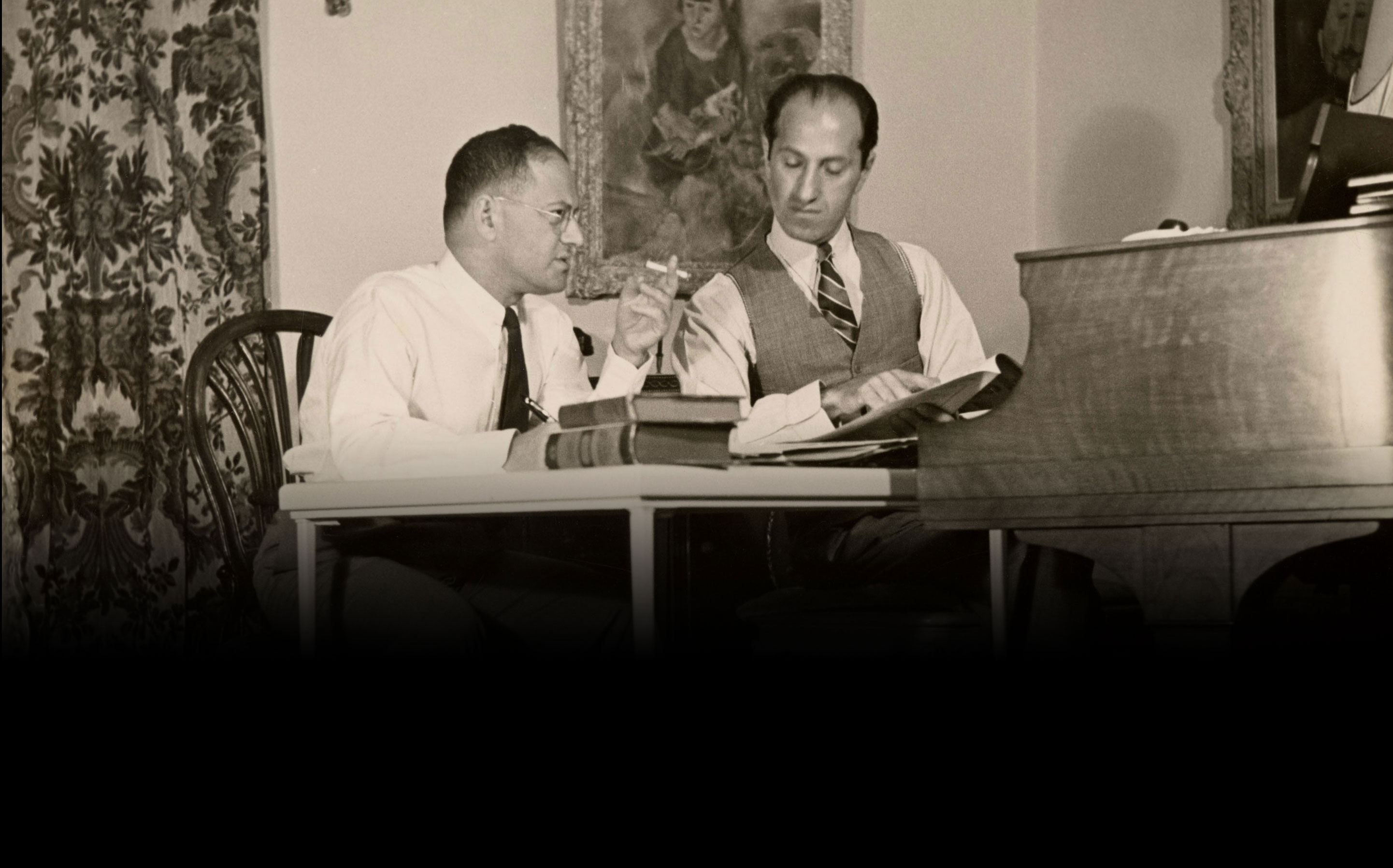A Legacy to Preserve; the thorny question of piano restoration
Original Keyboard and Action of the George Gershwin piano.
Having received the Gershwin piano in the Piano Technology Shop in the Moore Building, the thorny question of restoration confronts us. How does one go about the rehabilitation of an instrument that is old while preserving its essence? We’ve had a bit of experience with this in the past. In fact, three examples of what and how we go about the restoration of an historical instrument can be found right on campus. The first is the Elizabeth Gould Hochmann Steinway Model B which is on permanent loan to the University of Michigan Museum of Art. It is an art case piano: Colonial Style #336, taken right out of the Steinway Art Department catalog. The case design is a copy of the first Steinway piano ever built, in the kitchen of Heinrich Engelhardt Steinweg’s home in Seesen. Another is the Martha Cook Steinway Model A in the Martha Cook dormitory, just down the street from the Museum. Covered with elaborate French marquetry on a Greek theme, it was commissioned in 1913 by William Cook, a wealthy and successful lawyer in New York City, and graduate of the U of M Law School. And right across the street, in the home of the president of the University, sits the Brescoll Steinway Model C, the oldest Steinway on campus, built in 1880. The Model C is an early exemplar of a fully realized “modern” Steinway that includes all the important patented features present today on new Steinways.
Marc Gershwin made clear his desire in early discussions to see his uncle George’s piano made playable again and accessible for faculty and students to perform recitals and special events. Initial inspection of the piano revealed that the piano, built in 1933, exhibited the classic symptoms of old age and heavy use that a piano of this vintage usually has. One thing was crystal clear from the beginning: the restoration of the piano should not detract from it’s “Gershwin-ness”. This meant two things would go entirely untouched: the original keyboard and hammer action, and the exterior finish of the piano. The decision to install an entirely new keyboard and hammer action was easy. No one should be allowed to perform on the original ivory-covered keys. The original keyboard and action will be preserved in a glass-enclosed case for public viewing. The exterior of the piano would likewise not be refinished. It will retain the look of a piano that was used by a great composer: a bit worn around the edges, but otherwise presentable. The soundboard, however, is a different matter. And this one was, sadly, cracked beyond repair. More on that in a later blog.

